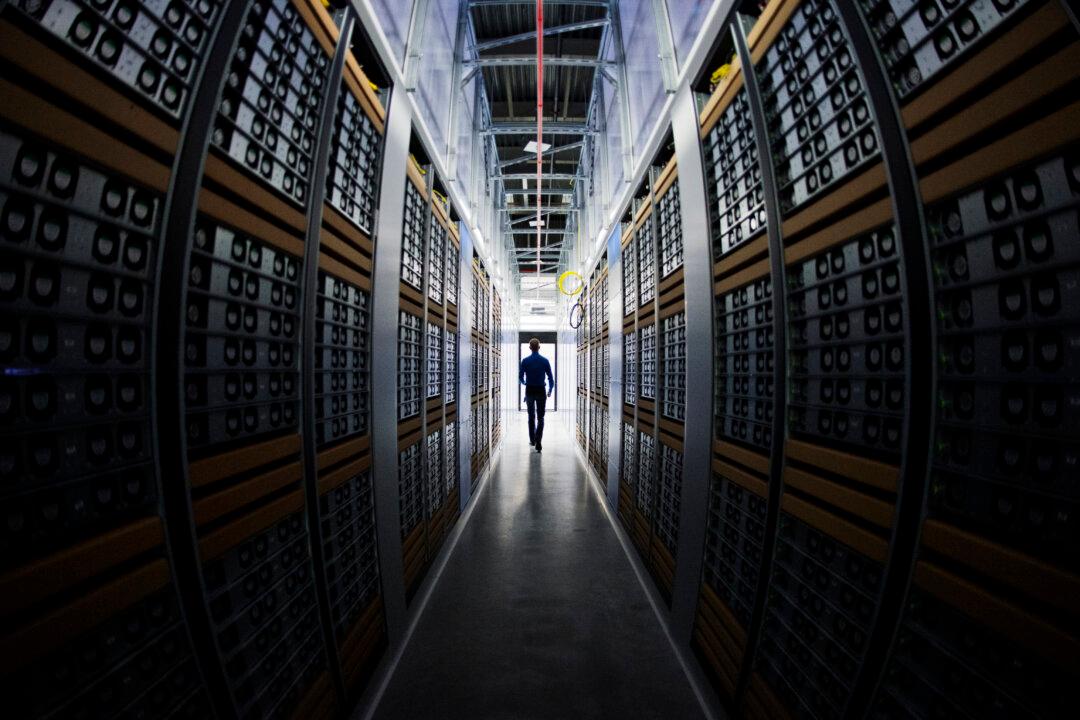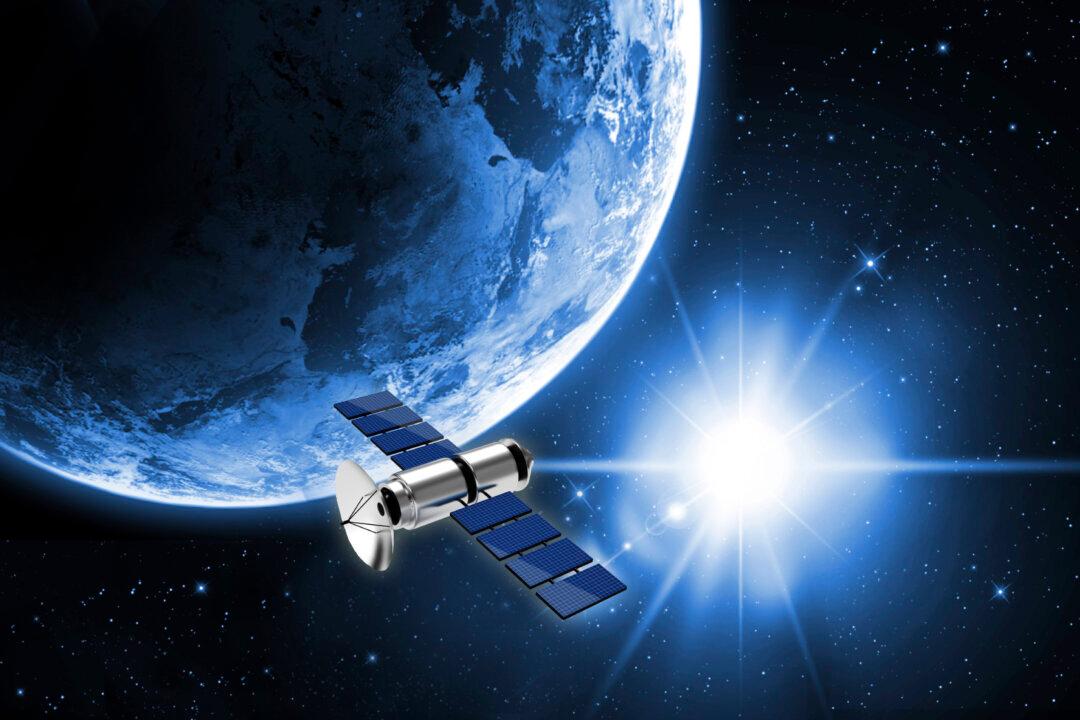Millions of citizen scientists have been flocking to projects that pool their time and brainpower to tackle big scientific problems, from astronomy to zoology. Projects such as those hosted by the Zooniverse get people across the globe to donate some part of their cognitive surplus, pool it with others’ and apply it to scientific research.
But the way in which citizen scientists contribute to the scientific enterprise may be about to change radically: rather than trawling through mountains of data by themselves, they will teach computers how to analyze data. They will teach these intelligent machines how to act like a crowd of human beings.
We’re on the verge of a huge change—not just in how we do citizen science, but how we do science itself.
The Awesome Human Brain
The human mind is pretty amazing. A young child can tell one human face from another without any trouble, yet it took computer scientists and engineers over a decade to build software that could do the same. And that’s not human beings’ only advantage: we are far more flexible than computers. Give a person some example images of galaxies instead of human faces, and she'll soon outperform any computer running a neural net in classifying galaxies.

